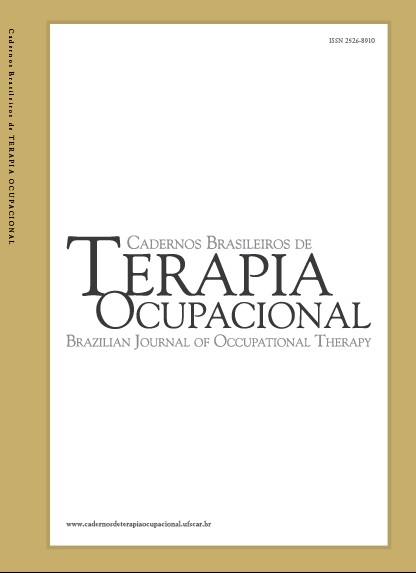Perception of sensory processing in children with autism spectrum disorder: influences of age, family education, and professional education
DOI:
https://doi.org/10.1590/2526-8910.ctoAO40393938161Keywords:
Autism Spectrum Disorder, Early Intervention, Educational, PerceptionAbstract
Autism spectrum disorder (ASD) is currently considered a complex behavioral disorder characterized by deficits in social communication and restricted and repetitive behaviors, interests, and activities. Studies indicate that 40% to 80% of children with ASD exhibit sensory processing alterations, which manifest as difficulties in appropriately responding to sensory stimuli. This study aims to analyze parents’ and professionals’ perceptions of the sensory processing of children with ASD, aged 3 to 6 years, and to investigate whether sociodemographic and professional variables influence the sensory processing development profile of these children. This is a quantitative and inferential study using the Assessment Scale for Children with Autism Spectrum Disorder validated in Portugal as its data collection instrument. The study included 50 family members and 50 professionals. The results indicate discrepancies between parents’ and professionals’ assessments of the children. Therapists assess the sensory processing dimension more positively than parents do. The sociodemographic profile shows that children with ASD are referred by physicians for early intervention and are attended to by multidisciplinary teams. Most professionals in these teams have education in ASD; however, few have specific education in early intervention or sensory integration. No statistically significant influence of socioeconomic variables was found.
Downloads
Published
How to Cite
Issue
Section
License
Copyright (c) 2025 The Authors

This work is licensed under a Creative Commons Attribution 4.0 International License.


